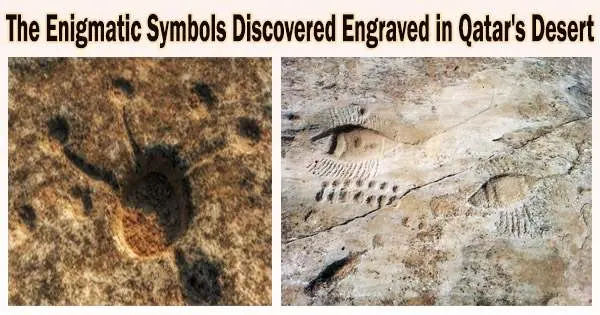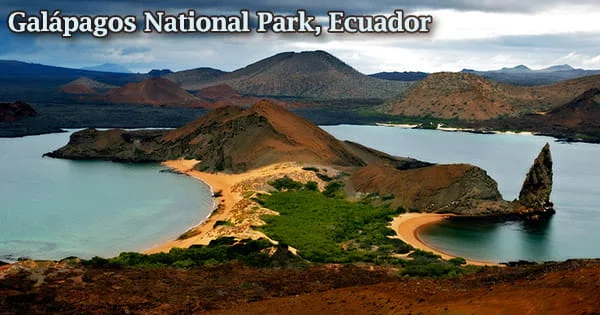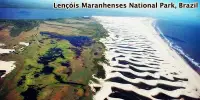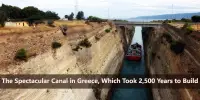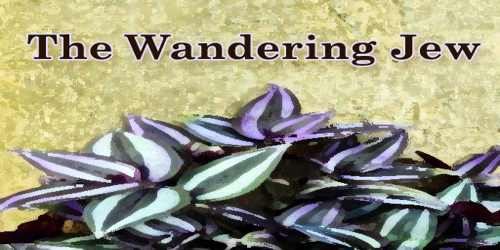Some protrude from the soft rock like sunbathing reptiles. Others are enigmatic depressions that resemble a long-forgotten board game that is still played all over the world. And a few are straight-up puzzling.
Al Jassasiya, the largest and most significant rock art site in the Gulf country, is located among the sand dunes of the harsh desert in a remote and windy region of Qatar’s northeastern coast.
A group of low-lying limestone outcrops here were utilized by individuals hundreds of years ago as a canvas on which to carve symbols, motifs, and items that they had noticed in their surroundings.
Overall, archaeologists have found a total of some 900 rock carvings, or “petroglyphs,” at Al Jassasiya. Among other symbols and signs, they are generally mysterious cup marks grouped in different patterns, such as rows and rosettes, but they are also striking depictions of sailing ships, mostly seen from above but sometimes shown in linear profile.

“Although rock art is common in the Arabian Peninsula, some of the carvings in Al Jassasiya are unique and cannot be found anywhere else,” Ferhan Sakal, head of excavation and site management at Qatar Museums, told CNN, referring to the petroglyphs of ships seen from a bird’s-eye view.
“These carvings represent a high degree of creativity and observation skills on the part of the artists who made them,” he said. “Also of abstract thinking, as they were not able to see the dhow (a traditional ship) from above.”
Cup marks
There are about 12 notable petroglyph sites in Qatar, located mostly along the country’s coasts though some carvings can even be seen in the heart of Doha’s Al Bidda Par, overlooking the Corniche, a popular waterfront promenade.
Al Jassasiya, about an hour north of Qatar’s uber-modern capital and near the old pearling port of Al Huwaila, was discovered in 1957. Over six weeks in late 1973 and early 1974, a Danish team led by archaeologist Holger Kapel and his son Hans Kapel undertook a study which painstakingly cataloged the entire site in photographs and drawings.
Of all the documented single figures and compositions, more than a third consist of cup marks in various configurations, shapes and sizes.
The two parallel rows of seven holes that make up the most noticeable pattern have led some to speculate that they were used for the board game mancala, which has been played by two players since antiquity and is popular throughout much of the world. Players must drop odd and even numbers of small stones into the depressions.

Others have challenged this notion, pointing out that some of the holes at Al Jassasiya are too small to accommodate any of the stones and that others are situated on slopes, which would have been an unfeasible decision and caused the counters to tumble out.
Further suggestions include the cup formations being used in some way for divination; or for the sorting and storage of pearls; or as systems to compute the time and tides.
Game theory
So, what were they actually for and what do they mean?
“It is very difficult to answer,” acknowledged Sakal, who also does not side with the board-game theory. “We have no direct clues about the motifs used in Al Jassasiya,” he said.
“In my opinion, they might have a ritual meaning and function, which is very old so that it cannot be explained ethnographically.”
But how old? “We really do not know,” conceded Sakal, explaining that petroglyphs and rock art, in general are very challenging to date.
“There are wild hypotheses about the age, ranging from Neolithic to late Islamic times,” he added. “I personally think that not all carvings were made at the same time.”
One scientific study of nine different petroglyphs at Al Jassasiya a decade ago found no evidence that they were older than a few hundred years, but the researchers came to the conclusion that additional research is required, including the creation of new techniques specifically for carving limestone.
Experts agree that the carvings of the boats are the most intriguing and unique ones at the site, despite the fact that they are unable to definitively date or identify the creator of the Al Jassasiya petroglyphs.
These creations provide important information about the types of vessels used in the thriving fishing and pearling industries (for centuries, the mainstays of Qatar’s economy), as well as their various elements.
The majority of the boats visible from above are often carved with a pointed metal instrument into fish shapes with pointed sterns and rows of oars.
They have several details, including holes that probably indicate where the masts and thwarts were placed, crossing ribs, and more.
In some cases, a long line from the stern depicts a rope ending either in a traditional Arabic anchor (triangular stone anchor with two holes) or a European one (a metal anchor with a long shank and two curved arms, first used in the region about seven centuries ago).
Journey to the afterlife
“On some of the boats the oars are not parallel, as they would have to be when used for rowing, but pointing in different locations,” Frances Gillespie and Faisal Abdulla Al-Naimi wrote in “Hidden in the Sands: Uncovering Qatar’s Past.”

“This is how they would have looked when the boats were anchored out on the pearl banks and the oars were left in place for the divers to cling to and rest each time they came up.”
Experts say they can only speculate as to why there is such a high concentration of ship carvings at Al Jassasiya, compared to other coastal petroglyphic sites in Qatar.
“Ships held a powerful role in the beliefs of ancient peoples, who saw them as a symbolic means of transit from this world to the next,” Gillespie and Al-Naimi noted.
“Both Babylonians and ancient Egyptians believed that the dead reached the afterworld upon a ship. Greek myths spoke of the ferryman Charon who carried the souls of the dead across the river Styx to the underworld. It may be that the oldest of the ship carvings are echoes of a folk memory reaching far back into pre-historic times.”
Whatever the reason, visitors should remember to take water with them and wear a hat and sunscreen when wandering among the carvings to ponder their meaning.
The fenced site does not have any shaded areas, so the best times to visit are at sunrise and sunset. Al Jassasiya is located just south of the popular Azerbaijani Beach, so an excursion there can also be combined with a relaxing day beside the sea.
